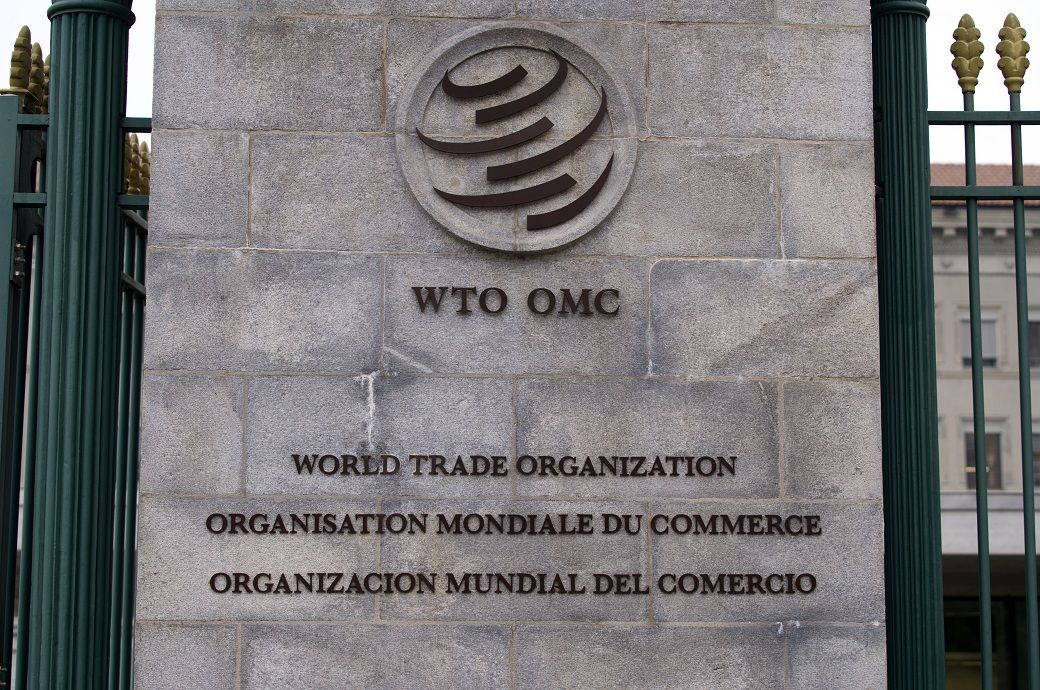

Customs duties on six items have been reduced initially.
The plan is to gradually adjust these rates to fall within the WTO-agreed bound tariffs by 2026, according to domestic media reports.
Bound tariffs represent the maximum most-favoured nation (MFN) tariff rate a country commits to at the WTO, serving as a ceiling that applied tariffs cannot exceed.
Generally, bound tariffs are negotiated when countries accede to the WTO or through subsequent trade negotiations, setting these rates higher than their applied tariffs to retain policy flexibility.
However, exceeding these bound rates without proper adjustments can lead to disputes and demands for compensation; hence the need to adhere to them.
The Bangladesh government has also resolved to eliminate the minimum import price requirement, already removing it from 55 items with a strategic plan to phase it out entirely from the remaining 130 products by 2026. This is aimed at simplifying the import process and fostering a more competitive market environment.
Fibre2Fashion News Desk (DS)